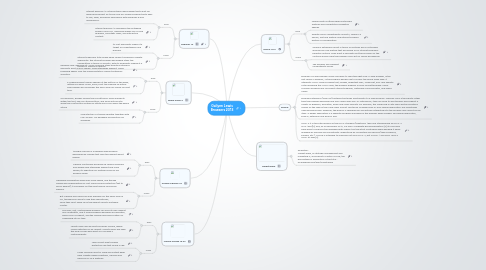
1. Google Chrome 23
1.1. Pros
1.1.1. 1Google Chrome is a freeware web browser developed by Google that uses the WebKit layout engine.
1.1.2. Chrome continually bumping up version numbers and adding new standards support and more speed, it's high time for another round of our Browser Wars!
1.2. Cons
1.2.1. Hardware acceleration adds even more speed, and though Google has implemented Do Not Track privacy protection (set to off by default), it's probably not the best choice for privacy mavens.
1.2.2. But Chrome and Opera are also available for the open-source OS, though you'll have to add their repositories, since they don't show up in the default Ubuntu Software Center.
2. Mozilla Firefox 16.02
2.1. Pros
2.1.1. This lean, fast, customizable browser can hold its own against any competitor, and it offers graphics hardware acceleration, good HTML5 support, and the unique Panorama system for organizing lots of tabs.
2.1.2. Ubuntu users will be best served by Firefox, which comes with the OS by default. Ubuntu users are likely the kind of folks who want all of Firefox's customizability
2.2. Cons
2.2.1. Lacks client-side tracking protection like that found in IE9.
2.2.2. Lacks Chrome's built in Flash and Instant page view. Slightly behind Maxthon, Chrome and Opera in HTML5 features.
3. Apple Safari 5
3.1. Pros
3.1.1. Reading view. Reading list. Cover flow and other beautiful interface elements. Built-in RSS reader. Good standards support. Good browsing speed. Fine tab implementation. Decent extension selection.
3.1.2. A superimposed toolbar appears at the bottom of the page, letting you easily zoom, email, print the cleaned up article. The browser will remember the zoom size you chose for next time.
3.2. Cons
3.2.1. Occasionally, Reader missed the formatting of some elements within the text, like our rating buttons, and some articles still show the Next button instead of letting you scroll down the whole article
3.2.2. Slow startup. Not being updated together with Mac version. No hardware acceleration for Windows.
4. Explorer 10
4.1. Pros
4.1.1. Internet Explorer 10 is the entirely new browser that's built for speed and perfect for touch. The full-screen browser that's easy to use, safer, and works seamlessly with Windows 8 and Windows RT.
4.1.2. Internet Explorer 10 harnesses the untapped power of your PC, delivering pages full of vivid graphics, smoother video, and interactive content.
4.2. Cons
4.2.1. Its vast popularity makes it a target for cyberthieves and hackers.
4.2.2. Internet Explorer’s total usage share doesn’t necessarily equate superiority; the internet browser lags behind other top competitors in terms of security, with its popularity making it a target for malicious attacks.
5. Marketshare
5.1. Definition: Market share, in strategic management and marketing is, according to Carlton O'Neal, the percentage or proportion of the total... en.wikipedia.org/wiki/Marketshare
6. Opera 12.10
6.1. Pros
6.1.1. Opera boasts cutting-edge multimodal features and competitive navigation speeds.
6.1.2. Despite some compatibility conflicts, Opera is a secure, fast and feature-rich internet browser worthy of consideration.
6.2. Cons
6.2.1. Opera is extremely robust in terms of features and is noticeably lacking only one feature that we looked for in internet browsers: parental controls. They aren’t a necessity but the inclusion of the controls would make the browser more apt for family households.
6.2.2. The browser has frequent compatibility issues.
